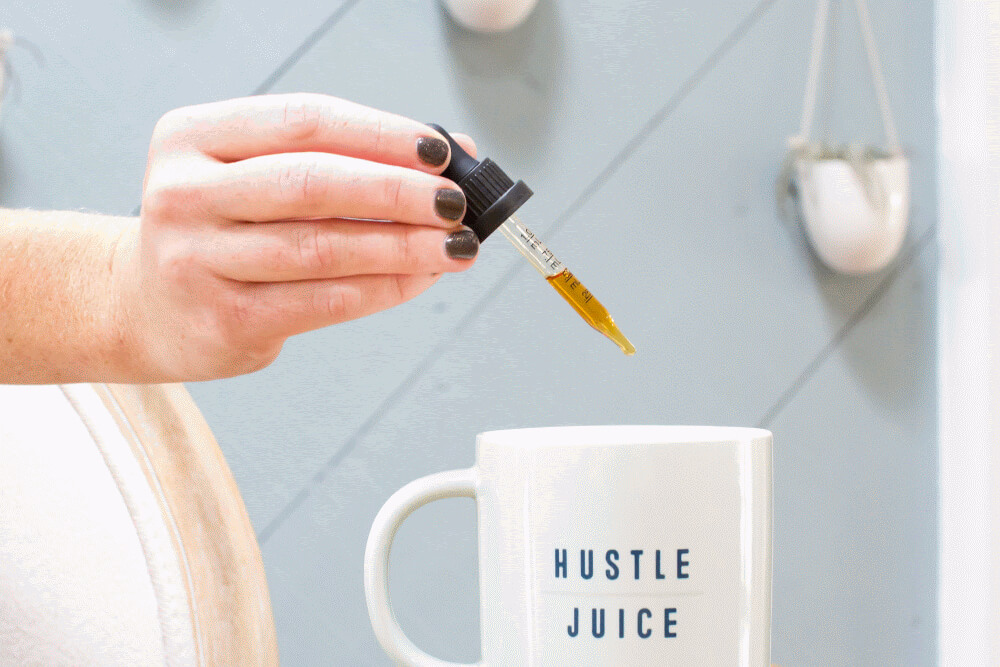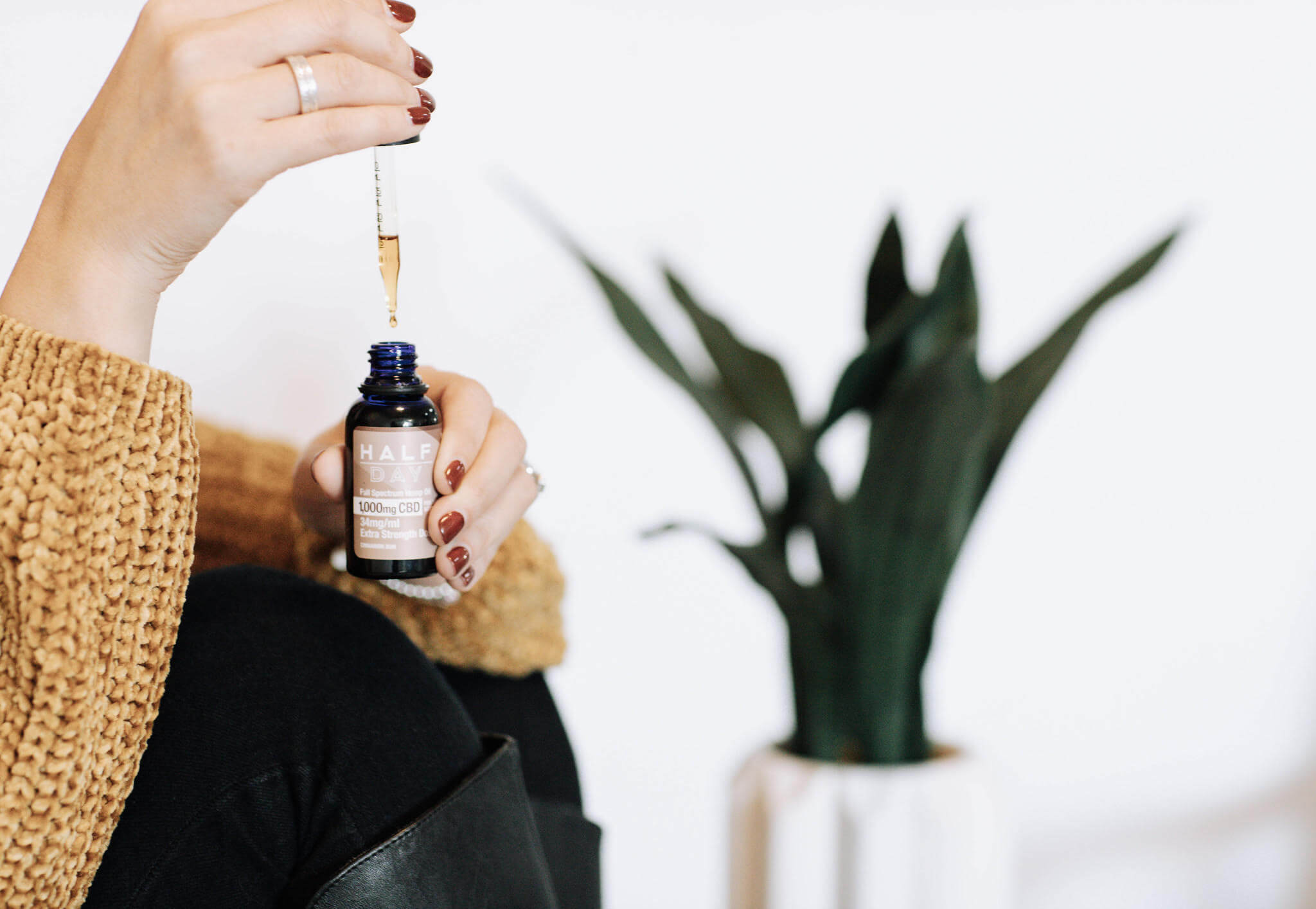CBD, or cannabidiol, has gained popularity in recent years due to its countless benefits. A lot of people talk about the benefits of using CBD to treat mental and physical problems. One major benefit that is not talked about as often is how CBD can be a significant help for exercise recovery.
This benefit comes from CBD’s antioxidant and anti-inflammatory properties. CBD can be a great tool for athletes and yogis to consider using to support their muscular health and also treat any pain that may arise.
Hemp plants contain hundreds of cannabinoids, one of which is CBD. This specific cannabinoid interacts with the numerous enzymes and neuron receptors found in your body. All these neurons and enzymes play a part in regulating the body to keep you healthy and happy. They make up what is called the endocannabinoid system.
All humans and animals have this system, but we know relatively little about it because it was only recently discovered. As scientists continue to study the endocannabinoid system, we learn more and more about how this system plays a vital role in our overall health and how we can support it by utilizing cannabinoids, like CBD.
Calmness Through CBD
So, what can CBD do for the endocannabinoid system? Well, you can think of ingesting CBD as almost like hitting a “reset” button for your nervous system. Dave DiCosola and Kameron Norwood, Co-Founders of Half Day CBD, explain:
"Think of CBD as the reset button for overactive nerves in your head and your body. In the same way, meditation or breathing exercises can produce a more calm, balanced feeling, CBD can adjust your body's chemistry to improve balance."
When CBD is ingested, it affects the mind and body by helping to bring about a state of homeostasis. In addition, CBD can help to decrease anxiety and increase mental sedation.
This can be achieved by an ongoing practice of things like deep breathing and meditation as well—but when CBD is ingested, it brings this state on more quickly by altering your body’s chemistry.

Pain and CBD
CBD can produce an anti-inflammatory effect by acting as a modulator. A lot of muscle pain can be traced to inflammation in your body. So, reducing inflammation by using CBD can help your muscles recover more quickly and effectively.
However, this isn’t the only way that CBD can help with reducing pain. When pain occurs, it is because your neurons have sent pain signals to your brain which then allows you to interpret the sensation as pain. Because CBD can soothe overactive neuron receptors, it can act as buffer for when those pain signals are very intense. This means that CBD can actually help to reduce the intensity of which you feel pain as well.
And unlike painkillers, which can be risky because of their potential for addiction and overdose, CBD does not require a doctor’s prescription.
CBD: A Gift from Nature
Natural remedies can be safer than pharmaceutical options, especially when it comes to painkillers and even some anti-inflammatories (although natural is not a guarantee of "safe"!). CBD is one of the very few natural ingredients that hasn’t become controlled by a pharmaceutical patent.
This means it is available to anyone and everyone who would like to use it. CBD is safe and natural, and your body’s endocannabinoid system already knows how to use it to support your optimal health. The way your body processes CBD is similar to the way it processes other plant-based and all-natural substances.
DiCosola likes to think of CBD as another leafy green:
Your body can process CBD in the same way it processes a salad. Your body just knows what to do with CBD. Most CBD is grown locally under the supervision of the Department of Agriculture so not only are you avoiding a slippery slope with pills, but you will also be supporting a local farmer.
But How Do I Know It’s Safe?
Thankfully, as mentioned above, most CBD is grown under the supervision of regulatory bodies like the Department of Agriculture. There is an abundance of legal and safe hemp being grown by local farmers that yield various CBD products to meet the growing demands of people who wish to experience the benefits of using CBD.

Where to Start
If you aren’t someone who has ever used CBD or any type of cannabis, it is DiCosola and Norwood recommended that you “start low and go slow.” Everyone is unique, and the way their endocannabinoid system functions seems to vary based on many genetic and lifestyle differences. The scientific community is still learning so much about how it functions on general level. So to be safe, it is best to work up from a low dose.
The Half Day beginners' dosing guide is a terrific resource to determine how, where, and with how much to start your CBD journey. This guide is helpful regardless of which brand of CBD you choose to try. The guide also outlines the different methods that you can choose to ingest CBD.
The main methods are ingesting oils, eating gummies, using topical creams and salves, and smoking hemp or cannabis flower. Every person will have different methods that work best for them.
Healing Without the High
Unlike cannabis, CBD does not get you high. Some people may feel very relaxed which can sometimes coincide with drowsiness, but in my experience, this is often only due to experiencing an absence of pain which then allows deeper relaxation. CBD is helpful for many people to sleep for that exact reason. Because CBD is different than THC, the cannabinoid that is responsible for the “high” feeling, it does not produce the same effects.
Norwood explains says that CBD is "more about what you don't feel versus what you actually feel. We like to say we have a 'High-Free Guarantee'."
Natural Recovery
CBD is a natural option for a range of physical and mental issues. As we continue to learn more about it, it is expected that we will learn of more and more practical and medical benefits of using CBD.
You may want to try it yourself after your next workout or hot yoga class!
Check out Half Day to incorporate CBD into the flow of your day! Make sure to use the code YOGAPEDIA10 for 10% off of some of our recovery favorites!
During These Times of Stress and Uncertainty Your Doshas May Be Unbalanced.
To help you bring attention to your doshas and to identify what your predominant dosha is, we created the following quiz.
Try not to stress over every question, but simply answer based off your intuition. After all, you know yourself better than anyone else.